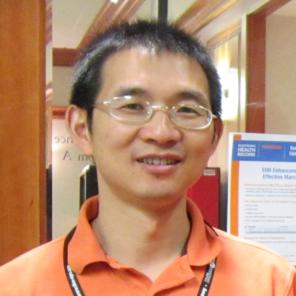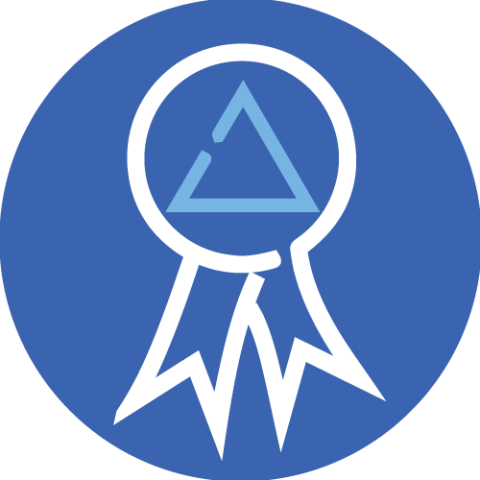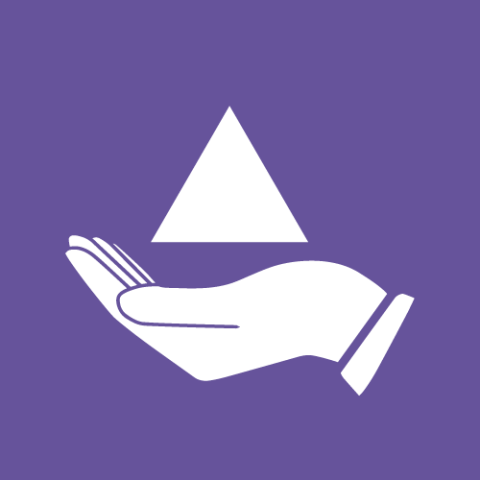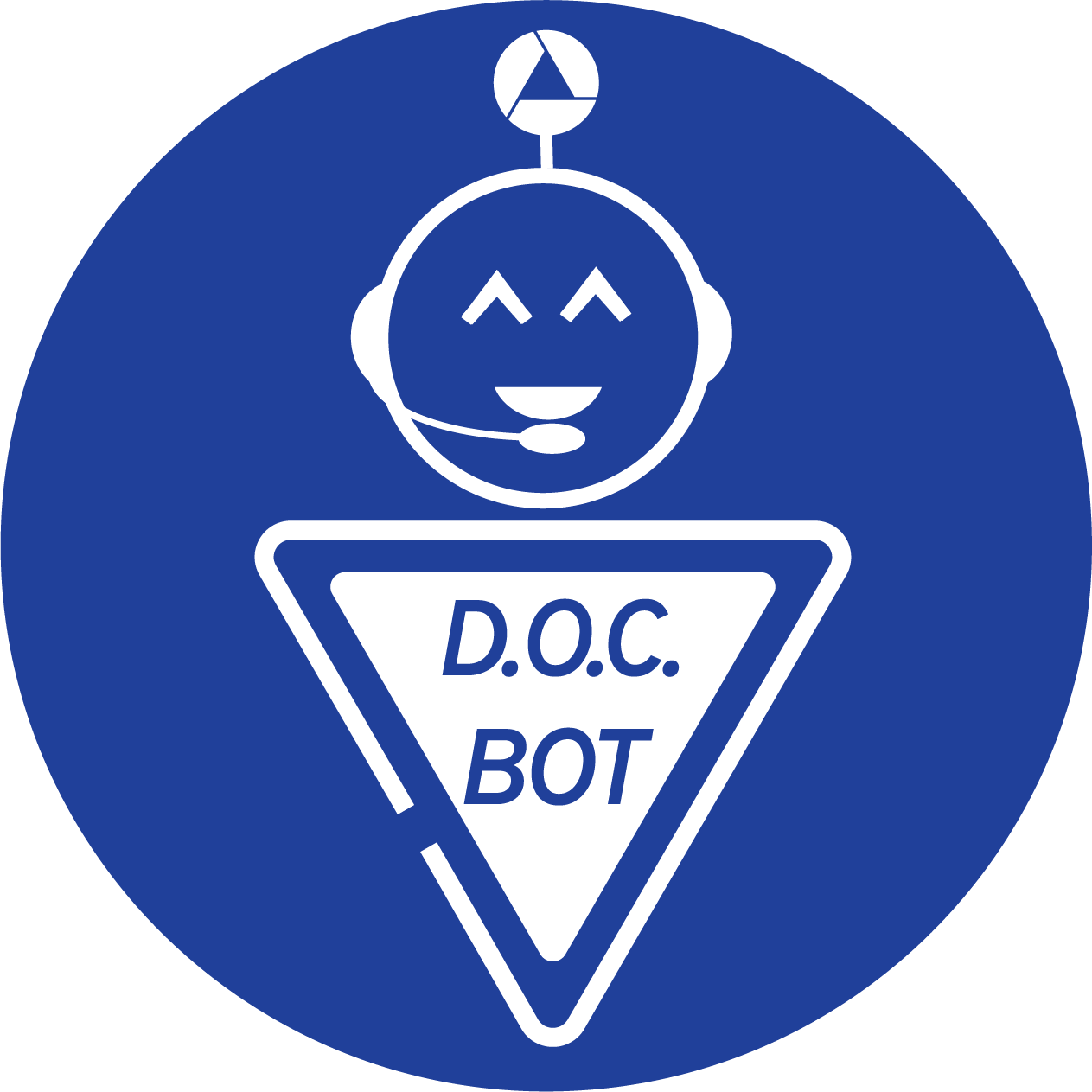
Xiaohua Liu is a full professor in the Chemical and Biomedical Engineering Department at the University of Missouri. His research focuses on cell-material interactions, biomimetic materials for dental and craniofacial tissue regeneration, and controlled drug delivery. He has authored approximately 100 peer-reviewed papers, which have been cited over 10,000 times.
His contributions to the field have earned him numerous prestigious awards, recently including the Annals of Biomedical Engineering Most Cited Paper Award over 50 years (2022), recognition on Stanford University’s “World’s Top 2% Scientists” list (2022, 2023, & 2024), the International Association for Dental, Oral, and Craniofacial Research William J. Gies Award (2023), and election as a 2024 Fellow of the American Institute for Medical and Biological Engineering.
Please briefly describe your background and research interests:
I am a professor at the University of Missouri. Before moving to Missouri, I spent 13 years at Texas A&M University College of Dentistry, where I worked from 2010 to 2023. I earned my B.E. and Ph.D. degrees from Tsinghua University and completed my postdoctoral training at the University of Michigan School of Dentistry. My research focuses on cell-material interactions, biomimetic materials for dental and craniofacial tissue regeneration, and controlled drug delivery.
What has been the most valuable benefit of AADOCR membership to you?
The most valuable benefit of my AADOCR membership is the opportunity to access the latest advancements in dental, oral, and craniofacial research while connecting with leading experts and exploring collaboration opportunities with peers. Attending the annual AADOCR conferences has been especially impactful, offering invaluable experiences that have significantly contributed to my professional growth.
Did you attend the 2025 AADOCR Annual Meeting in New York? If so, which parts were the most memorable for you?
I attended the 2025 AADOCR Annual Meeting in New York, where the most memorable moments for me included engaging presentations on topics of personal interest and valuable meetings with colleagues to discuss potential collaborations.
What is the best way for other members to become more involved in AADOCR?
I believe the best way to become more involved in AADOCR is by attending the annual meeting, which offers valuable networking opportunities, and joining Special Interest Groups that align with your research interests.
What advice would you give someone who is just starting off in the field of dental, oral, and craniofacial research?
My advice is to connect with experienced researchers as early as possible, as they can offer valuable guidance, insight, and potential collaboration opportunities. A good mentor can be instrumental in shaping your research approach and career trajectory.




